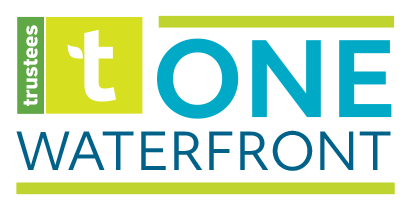Boston in top 10 for park access nationwide, with 17% of city land used for parks & recreation
Based on access, investment, acreage, and amenities, Boston ranks ninth in the nation for its overall park system, according to the Trust for Public Land’s (TPL) annual ParkScore ranking, moving up from the 13th spot.
Image credit: www.tpl.org
Minneapolis, MN ranks first in the nation, followed by Washington D.C., and St. Paul, MN. This year marks the first time Boston has reached the top 10 in TPL’s ranking since 2016.
According to the 2020 report, 100% of Boston’s residents live within a 10-minute walk of a park, well above the national average of 55%, with 17% of all city land being used for parks and recreation. The City scored 49 out of a 100 for acreage, which included publicly accessible parks, trails, open space, and school parks, but excluded areas with a barrier to entry, such as parks in gated communities and private golf courses.
The 2020 ranking comes as many park operators, whether private or public, strive to find the right balance of access and safety, amid the COVID-19 pandemic and social distancing guidelines.
“The COVID-19 pandemic has underscored that close-to-home parks are crucial to a community’s quality of life,” the report’s authors state. “During this crisis, people have turned to their parks like never before—for fresh air, exercise, meditation, solace, and a much-needed break from the stresses of a quickly changing world. Research shows that parkland is, indeed, a potent force for our well-being. But with the twin crises of a devastating public health emergency and an economy in free fall, our parks and public land now face extraordinary pressures.”
In its report TPL identified five recommended locations for new parks in Boston, based on the estimated increase of residents served, including a waterfront site in East Boston, near LoPresti Park. For local City officials, the resilience benefits of waterfront parks are already front-of-mind, and highlighted as a key measure in Mayor Martin J. Walsh’s Resilient Boston Harbor vision, including in East Boston, as the effects of climate change such as rising sea level and more frequent storms threaten coastal homes, businesses, and infrastructure.
During the bomb cyclone from Winter Storm Grayson in January 2018, tides flooded the MBTA’s Aquarium subway station, and streets were inundated with icy water. With flooding events such as this already affecting waterfront areas of the City, residents are keenly aware of the challenges ahead.
A survey conducted by The Trustees in summer 2018 found that 85% of those polled believed Boston’s waterfront is vulnerable to the effects of climate change, with nearly half (42%) saying it is “very vulnerable.” The area of Boston exposed to stormwater flooding is projected to grow steadily, with approximately 7% of the City’s total land area expected to be exposed to frequent stormwater flooding from 10-year, 24-hour rain events by the 2050s.
“The Trustees Boston Waterfront Initiative is making strides in our work to build a series of waterfront parks that are not only accessible, resilient and beautiful, but welcoming for all,” said Nick Black, Managing Director of the Boston Waterfront Initiative. “It’s not enough to build a park that can absorb stormwater, and is accessible in terms of geography—a key component of our work will be to engage with communities so that any new open space takes into account local needs and challenges. We want to incorporate the right features and programming that fit within the fabric of a community, and we look forward to continuing to learn from residents about what those needs are, and may be, in the future.”
The One Waterfront team is working alongside partners and city officials, and hopes to soon announce plans for new world-class green space, that befits a world-class city.

